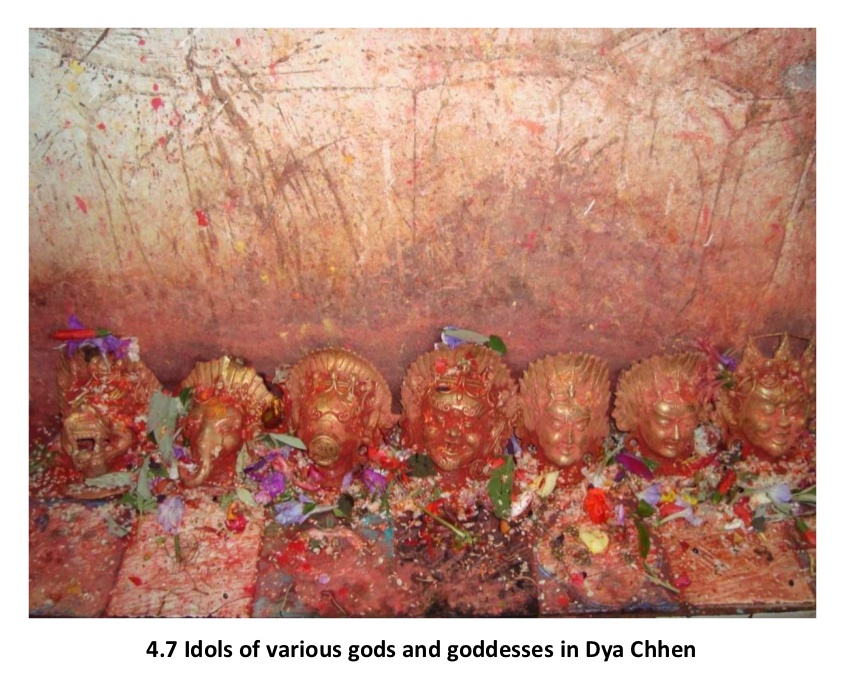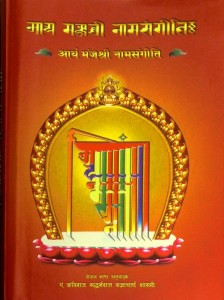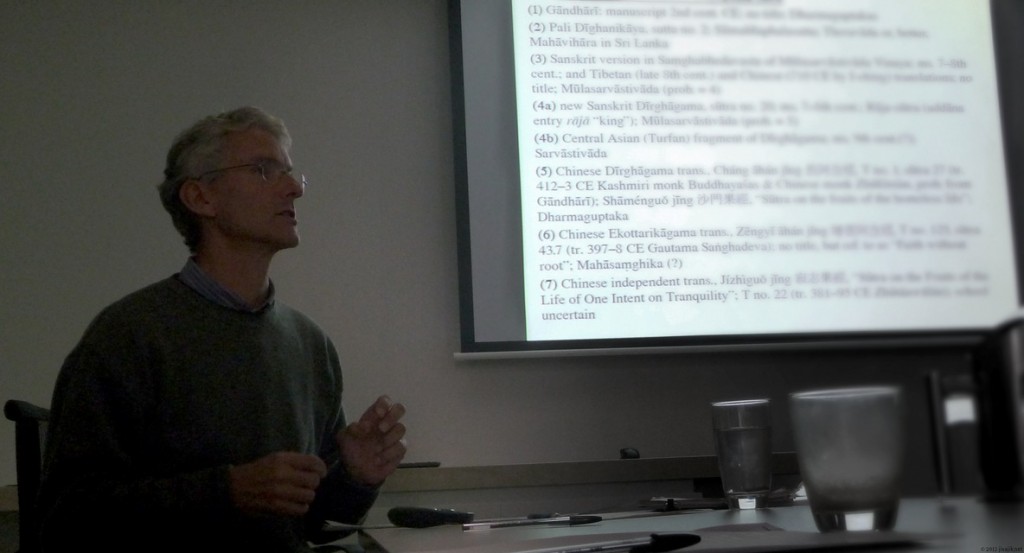四川大学中国藏学研究所(会议主办)、哈佛燕京学社(会议协办): “7至17世纪西藏历史与考古、宗教与艺术国际学术研讨会”。 中国·成都·四川大学 2013年7月13-15日。
Center for Tibetan Studies of Sichuan University & Harvard-Yenching Institute (co-conveners). ‘International Conference On Tibetan History And Archaeology, Religion And Art (7th–17th c.)’. Sichuan University, Chengdu, China, July 13–15, 2013. [official site / 2nd circular w/ abstracts]
会议召集 人:霍 巍 教授(四川大学)、范德康 教授(哈佛大学)
Conference conveners: Prof. Huo Wei (Sichuan University) & Prof. Leonard W.J. van der Kuijp (Harvard University).

Continue reading “International Conference on Tibetan History &c. (2013-7-13)”






